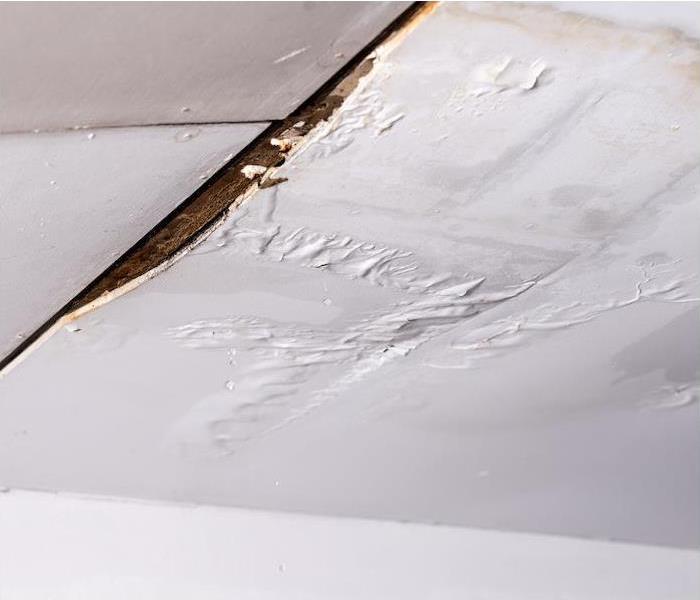Different Ways That Water Seeps Inside Your Home | SERVPRO® of Van Nuys South
12/7/2022 (Permalink)
 If you experience any water damage inside your home or business, reach out to SERVPRO of Van Nuys South.
If you experience any water damage inside your home or business, reach out to SERVPRO of Van Nuys South.
Water seepage is sneaky and may go unnoticed, but there are indicators you should be looking for. Worsening air quality indoors and a musty smell are two major red flags, but peeling paint and warped flooring are other signs of moisture getting inside.
The moisture can also rust metal appliances, but there are many signs of moisture-related issues that you need to be aware of.
Water damage is a serious problem that can cause major damage if left unaddressed. Read on to see how moisture gets inside and some potential solutions for you to take.
Your home’s water fixtures are not without fault, and holes in your water supply lines often allow moisture to seep out unexpectedly. Look near the shower, bathtub, sink or toilet for this issue.
Inspect these spots during your cleaning routine, and take action against leaks immediately to prevent thousands of gallons of water from entering your home each year.
Your refrigerator is another sneaky source of leaks due to its water supply and ice maker. Dishwashers are a frequent cause, and these leaks often occur over long periods, resulting in serious damage that escalates as time goes on.
Check your appliances for leaks by unplugging them and pulling them out carefully. Look at the surrounding building materials for signs of mold or moisture, and contact our team if you notice something wrong.
Water can also come from outside the home, with many leaks resulting from gaps in your window frames or doors. It’s also possible for a storm to cause minor damage that can allow water indoors.
It’s no surprise that we, as Californians, see a minor 17 inches of rainfall annually, leaving many wondering if they should prepare for external sources of water damage at all. Just because our risks in Van Nuys are lower, though, doesn’t mean we should ever ignore the possibility of a natural water disaster coming through our region.
While leaks can come from everywhere, there are steps you can take to manage them. Setting your home up properly and maintaining it can help you fight off moisture before it gets indoors.
Monitor the gutters and downspouts around your house, as clogging will stop the water flow and allow it to pool on your roof. Beyond this, check your roof after each weather event to spot minor damage that could allow water to seep inside from the top down.
Check the seals on your windows and doors, and replace any degraded ones to prevent water from getting indoors in this manner. Lastly, your property’s landscaping affects how water might get inside your living space. Enact techniques that can direct water away from your home to prevent it from flowing around and inside.
If you experience water damage inside your home or business, call us, 24⁄7. We have the experience and equipment to get your property back in working order fast.





 24/7 Emergency Service
24/7 Emergency Service